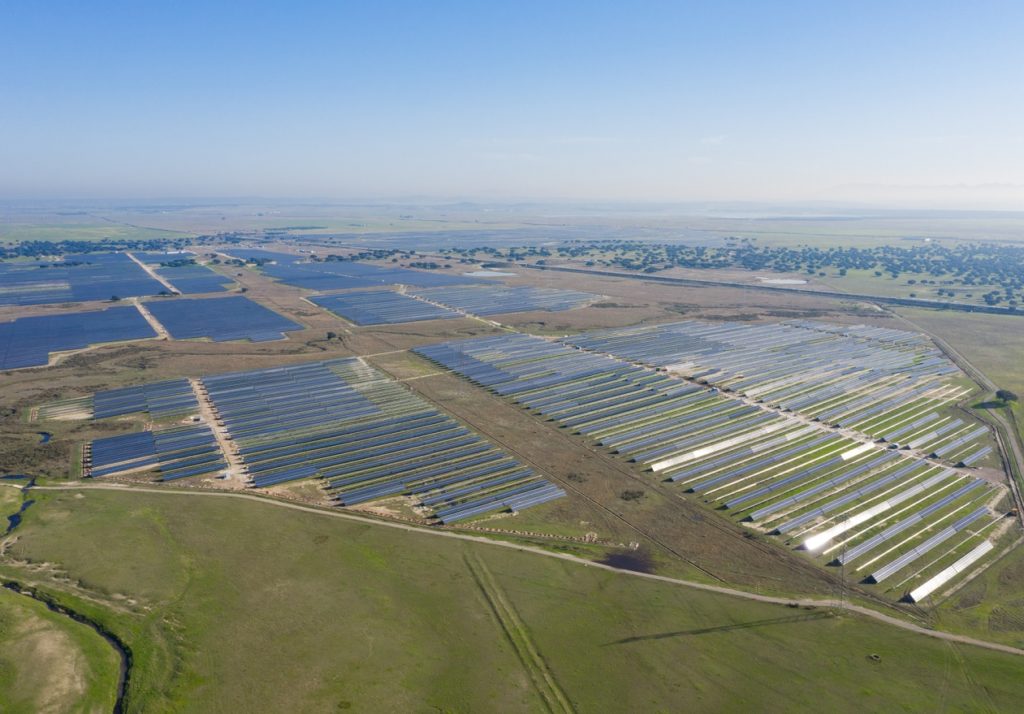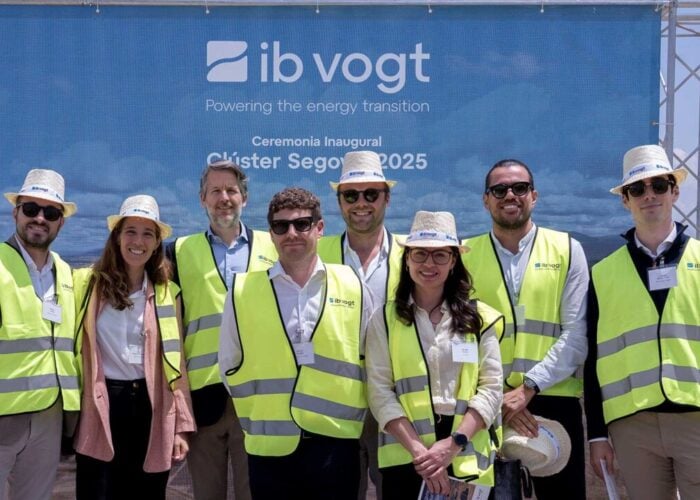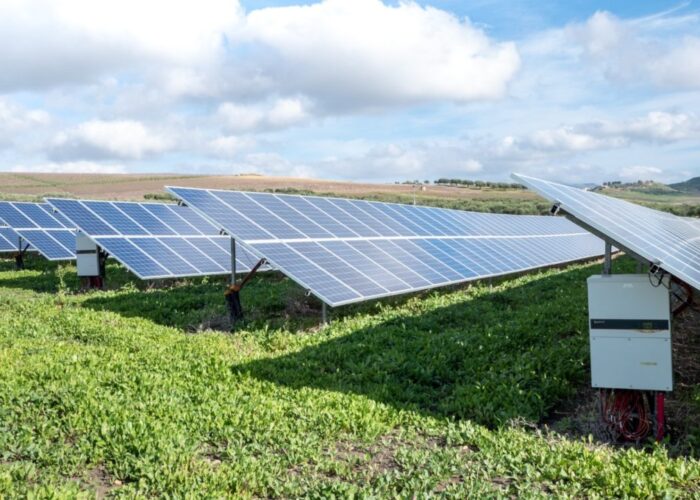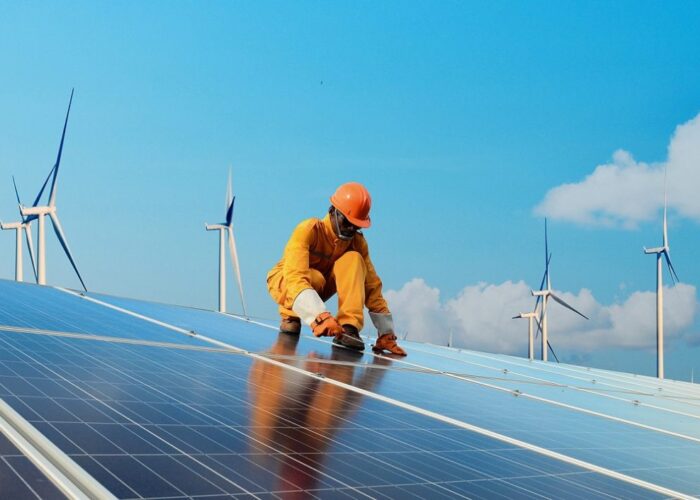
The Spanish region of Catalonia will need to have at least 7GW of solar PV installed by 2030 to put it on track for achieving a decarbonised electricity system and energy independence by mid-century.
That is according to a new roadmap from the region’s government, which suggested around 33GW of solar will be needed by 2050, by which time the technology will account for 43% of the region’s electricity generation capacity.
Unlock unlimited access for 12 whole months of distinctive global analysis
Photovoltaics International is now included.
- Regular insight and analysis of the industry’s biggest developments
- In-depth interviews with the industry’s leading figures
- Unlimited digital access to the PV Tech Power journal catalogue
- Unlimited digital access to the Photovoltaics International journal catalogue
- Access to more than 1,000 technical papers
- Discounts on Solar Media’s portfolio of events, in-person and virtual
To reach energy independence, Catalonia will need almost 62GW of solar PV and wind by mid-century, 18 times today’s installed capacity, according to the roadmap, dubbed Proencat 2050.
It said that by reserving 2.5% of its land for energy production, Catalonia can meet 97.5% of its primary energy consumption with renewables, while external energy dependence would be expected to fall from today’s 94.2% to 6.7% in 2050.
Recognising the need to guarantee the supply and management of renewables, the report projects that Catalonia could have around 7,234MW of installed energy storage capacity by 2050, of which 3.5GW would be battery energy storage systems.
The proposals were presented by Catalonia’s climate action minister, Teresa Jordà i Roura, and the director of the Catalan Energy Institute (ICAEN), Marta Morera i Marcé.
Morera said the roadmap goes much further than just installing renewables. “We are talking about decarbonising the industrial sector, zero-emission buildings, promoting clean mobility, advancing the circular economy, setting up a new electricity system, but also empowering the public to participate.”
By 2050, the plan forecasts that around 500,000 rooftop solar PV installations in Catalonia will be operational.
While the roadmap would see Catalonia have 7GW of solar PV by 2030, Spain’s national energy and climate plan (NECP) currently has an ambition of 39.2GW of deployed PV capacity by the same year – a target that trade association UNEF expects the country to surpass.
Figures from UNEF published last week revealed that self-consumption solar deployment in Spain more than doubled year-on-year in 2021, with 1.2GW of installations commissioned. By segment, 41% of last year’s self-consumption solar additions were in the industrial sector, followed by residential (32%), commercial (26%) and off grid (1%).
UNEF director general José Donoso said the increased deployment was a result of more favourable regulations and high electricity prices: “Individuals have realised that their money is better off on their rooftops than in their banks.”







